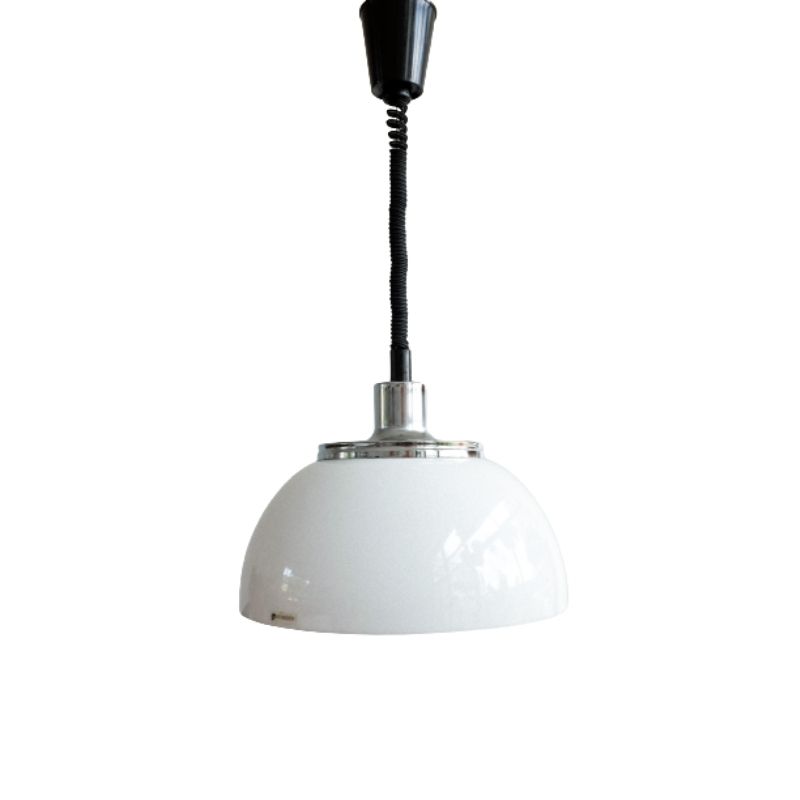I just finished viewing a DVD on Louis Kahn and if i were a reviewer i would give it 2 thumbs way up!! . It was one of the most well done documentary's directed by his son Nathaniel Kahn the illegitmate son of the legendary architect.
Nathaniel Kahn begins a fascinating journey to discover his fathers work and to come to terms with the personal choices he made. Lou Kahn died in 1974 when his son was 11 and never lived with him. Louis Kahn had on wife and 2 mistress and produced 2 additonal children
1 being Nathaniel 45 years old and a graduate of Yale University .
you can rent this dvd at blockbuster it was really interesting. to see Phillip Johnson being interviewed at the Glass House and I.M Pei at his architectual office .
I love Johnsons quotes on the 4 architects who Knew real well he said Frank Lloyd Wright was cantankerous , Carbusia was mean, Mies you could not talk to..
but Lou Kahn was a artist and philosopher , and a nice guy , no one knew his secret about 3 families ,
Underappreciated architects
One of my all time favs is the Louis Sullivan Carson Pirie Scott dept store in Chicago:
Regarding the Sullivan building...
Its a winner. I've seen it many times years ago. Three things about this building stand out to me and make the repetitive rectangles and monolithic aspect of the upper part of the building a pleasure instead of tedious or oppressive.
1. The amazingly well proportioned (in relation to the rest of the rectilinearity of the building)cylinder on the corner. Is there some aesthetic principle guiding the proportioning of the cylinder with the rest of the building?
2. The use of black sash and what appears dark green tiles on first and mezzanine retail floors and an overhang at the top of the mezzanine signal a difference in occupancy between office and retail. These cues create a functional coherence to a viewer that makes the abstraction of the upper floors less obscure and alienating.
3. The coppertone panels above the ground floor awnings and below the mezzanine windows grounds the building, and creates a sense of site. This is very important (and very rarely achieved) in a large building that crowds all the way to a sidewalk and street. Does anyone know if Sullivan actually specified the coppertone panels, or was it part of some much later rehabilitation? Part of me suspects these were not Sullivan's work, but another part of me suspects they are, because they work so well at grounding the building. Either way--intentionally, or accidentally--these little copper panels do wonders for creating a visual sense of site that is all too often missing from big zero lot line buildings.
To look at and admire this building is to understand how, on the one hand, modernists oversimplified design, and, on the other, post modernists misunderstood how to reintroduce complexity and contradiction effectively into architecture.
Regarding the Kahn's National Parliment building in Bangaladesh...
I haven't seen it, or seen many pictures of it. The picture you show I imagine perfectly captures the feel of the building when viewed at this angle. It is breath taking, and it epitomizes his quasi-koan and sensory mixing of "silence to light." We can feel the silence from which this building's forms emerge and see the forms revealed in light. And yet...this photo below reveals something considerably less mystical.
From this angle, without the benefit of a reflection pool, it looks like part fortress and part temple and completely earthly and concrete.
This building reveals a problem in Kahn's "silence to light" credo that I have always felt that Kahn never overcame. He can only achieve his "silence to light" experience from certain angles of view at certain times of the day. The exhaltedness of the purpose, i.e., giving persons through architecture the near mystical experience of moving from silence to light, seems to let us overlook the fact that he hits a very low batting average at achieving the experience. In fact, the experience is most often realized stopped time of photography. This reality has always made me feel that Kahn, while a kind of genius, was also selling more sizzle than steak in his work.
My favorite of his buildings is The Salk Institute in La Jolla, but what is so magnificient about it has almost nothing whatsoever to do with moving from silence to light. In fact, I do not think that The Salk Instiute moves from silence to light at all. He just found a way to make two very conventionally modern rectilinear reinforced concrete mid rises stand on both sides of an absolutely brilliant water sculpture that extends out to the blue infinity between the sky and the Pacific Ocean and creates some kind of magnificiently peaceful and beautiful counterbalance between concrete and nature, and between abstract massiveness and organic nature and thereby achieves an zen like balance between site and structures, between land and sea, between sky and earth, etc., etc.
Louis Kahn made his masterpiece almost in spite of his credo.
The rest of his buildings, including the Parliment building in Bangaladesh, are important works by a keen mind striving after something so elusive that in every case full achievement of his aim finally eluded him and left fascinating attempts, but not great buildings.
If you need any help, please contact us at – info@designaddict.com









